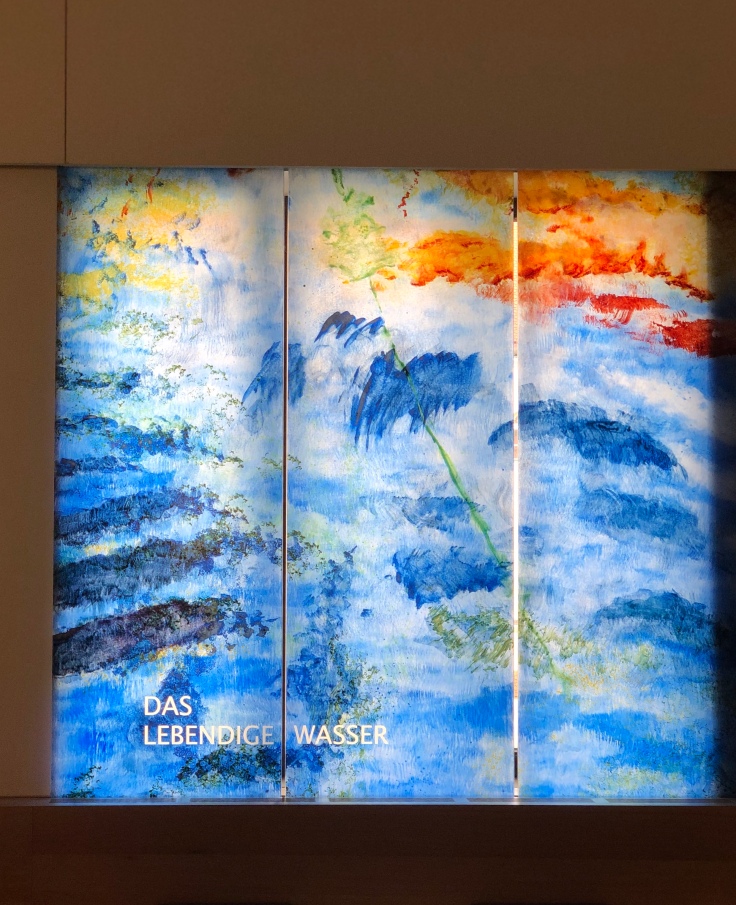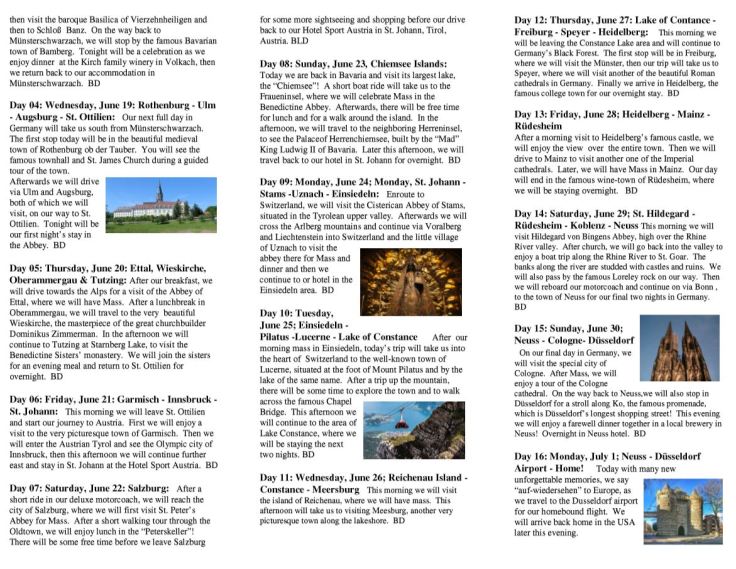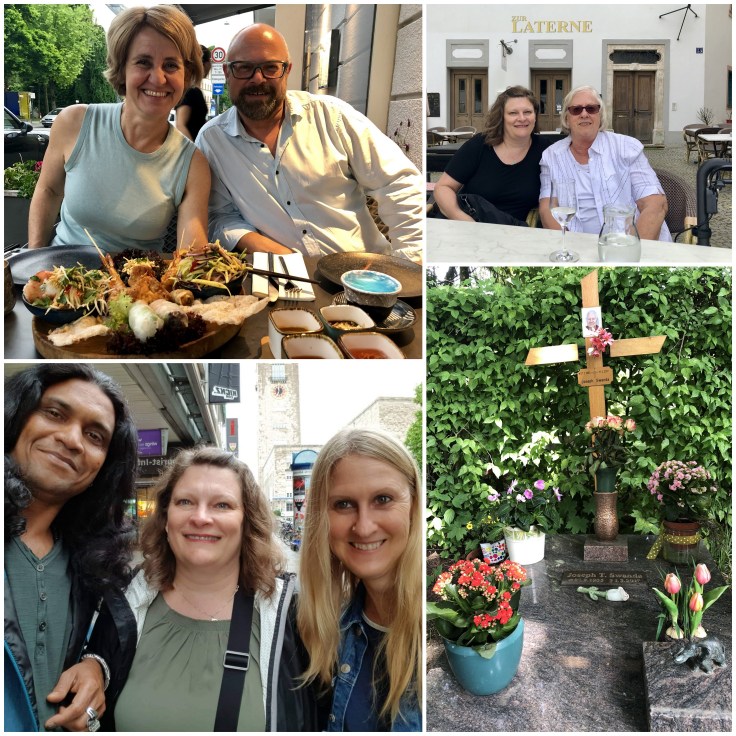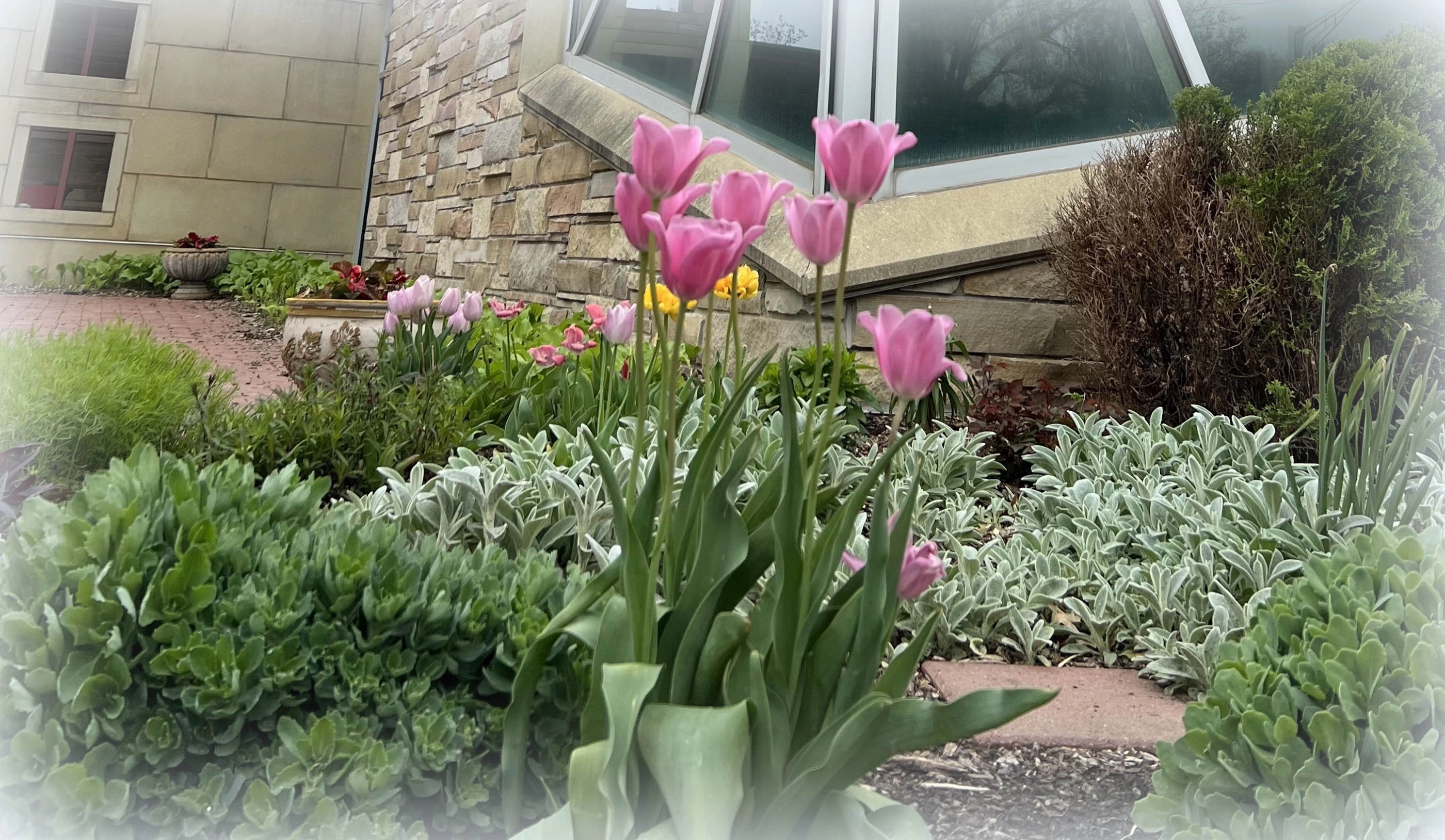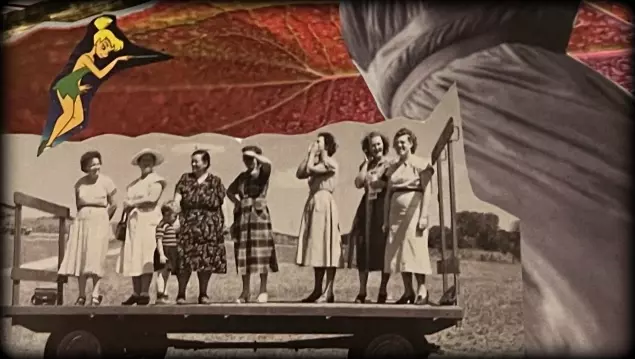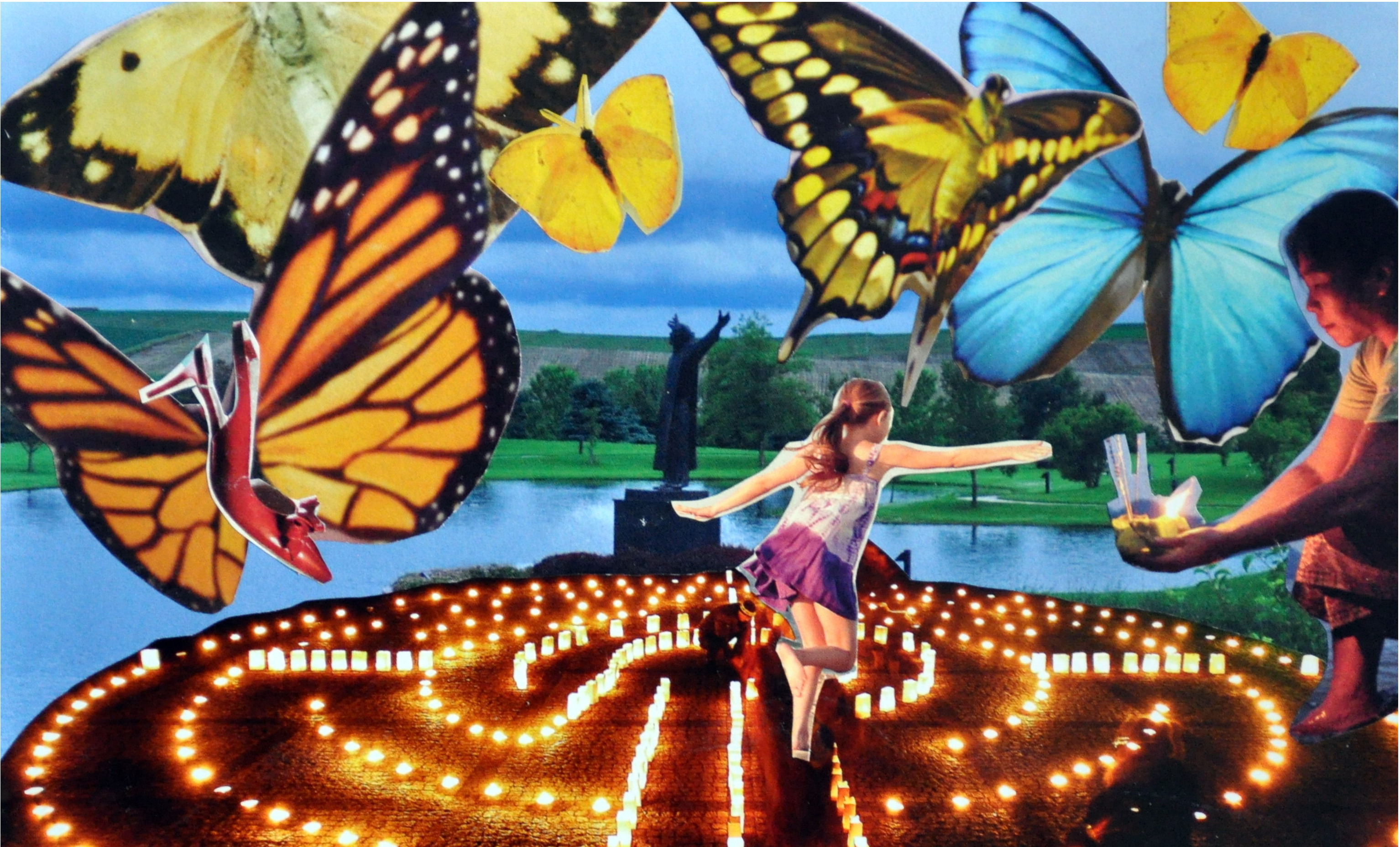Flood the world with love. These words came to me this morning after I woke up anxious and fearful. I had a disturbing dream, but it was more about what is happening in this country— a foreboding sense of hopelessness for the future, so much political tension, blatant racism and xenophobia, and strained relationships with, even aggressiveness from, those who don’t see what is so very wrong with the words and actions coming from the White House.
Flood the world with love. I remembered that several months ago I had written a blog post titled, Flood The World With Love, but I didn’t remember exactly what I had written, or why. As I read it again, I realized that my own words had come at just the moment I needed them.
Flood the world with love. Inspired by the lyrics of a Carrie Newcomer song, what I wrote gave me enough light to start my day with the hope that if I just flood the world with love, I am doing something.
Flood the world with love. I had written about practicing lectio divina with both song (“I Heard an Owl” by Carrie Newcomer, much-loved folk singer, and spiritual teacher) and scripture.
I heard an owl call last night
Homeless and confused
I stood naked and bewildered
By the evil people do
Up upon a hill there is a terrible sign
That tells the story of what darkness waits
When we leave the light behind.
Don’t tell me hate is ever right or God’s will
Those are the wheels we put in motion ourselves
The whole world weeps and is weeping still
Though shaken I still believe
The best of what we all can be
The only peace this world will know
Can only come from love.
I am a voice calling out
Across the great divide
I am only one person
That feels they have to try
The questions fall like trees or dust
Rise like prayers above
But the only word is “Courage”
And the only answer “Love”
Light every candle that you can
For we need some light to see
In the face of deepest loss,
Treat each other tenderly
The arms of God will gather in
Every sparrow that falls
And makes no separation
Just fiercely loves us all.
(Carrie Newcomer, The Gathering of Spirits, 2001)
My heart is heavy with the darkness of the world, of “the evil people do” in the name of our own opinion, religion, political party, racial or economic privilege. Our collective anxiety, fear, anger, and hostility have led to so much division and violence—in our spirits and in relationships. We must
Flood the world with love.
The words are a meditation of love, peace and courage—and a good reminder of how to be a living light in the world. As the antidote to confusion, fear, hatred, and darkness, we must
Flood the world with love.
With so much darkness, “the best of what we all can be” is to
Flood the world with love.
I want to “fiercely love,” to build others up, to “treat each other tenderly,” to ease another’s suffering, to remind others of their divine spark, to err on the side of compassion, to
Flood the world with love.
I want to be a light in this world. We are creators, too—with our thoughts, actions, and energy. We can either live in love or live in fear. Mother Teresa said, “If we have no peace, it is because we have forgotten we belong to each other.”
Flood the world with love.
St. Benedict instructs, “Let peace be your quest and aim.” (RB, Prologue 18) We cannot accept hate as the new normal. It can feel overwhelming at times—“I am only one person,” but we must, at least, try. We must “light every candle” that we can. We must
Flood the world with love.
“The only word is “Courage”/ And the only answer “Love.” I pray for the courage to bring more light and less darkness in the world. And as I wait for the ultimate display of love that “The arms of God will gather in / Every sparrow that falls / And makes no separation / Just fiercely loves us all”, I choose, in all my imperfection, to
Flood the world with love.
Read the original post in its entirety HERE.
And if you haven’t listened to I Heard an Owl, you must.
